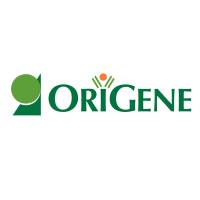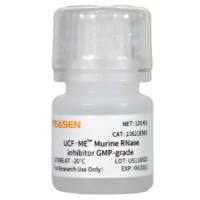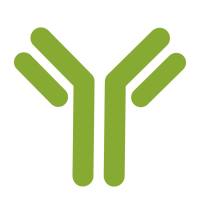Osteoclasts, the multinucleated giant cells that resorb bone, originate from hemopoietic cells of the monocyte-macrophage lineage (1 ,2 ). We have developed a mouse bone marrow culture system, in which osteoclasts are formed in response to several bone-resorbing factors such as 1α,25-dihydroxyvitamin D3 [1α,25-(OH)2 D3 ], parathyroid hormone (PTH), prostaglandin E2 (PGE2 ) and interleukin-11 (IL-11) (2 ,3 ). We also developed a mouse coculture system of primary osteoblasts and hemopoietic cells to examine the regulatory mechanism of osteoclastogenesis (2 ,4 ). A series of experiments using the coculture system established the concept that osteoblasts/stromal cells have a key role in regulating osteoclast differentiation (2 ). Macrophage colony-stimulating factor (M-CSF, also called CSF-1) produced by osteoblasts/stromal cells was shown to be an essential factor for differentiation of osteoclasts from osteoclast progenitors (2 ,5 ). Recently, receptor activator of nuclear factor κB ligand (RANKL) was identified as another essential factor for osteoclastogenesis, which is expressed by osteoblasts/stromal cells in response to several bone-resorbing factors (6 ,7 ; see Note 1 ). Osteoclast precursors that possess RANK, a tumor necrosis factort (TNF) receptor family member, recognize RANKL through cell-cell interaction with osteoblasts/stromal cells, and differentiate into osteoclasts in the presence of M-CSF. Recent progress of molecular technology allows us to introduce foreign genes into mature osteoclasts for modulating their functions.






